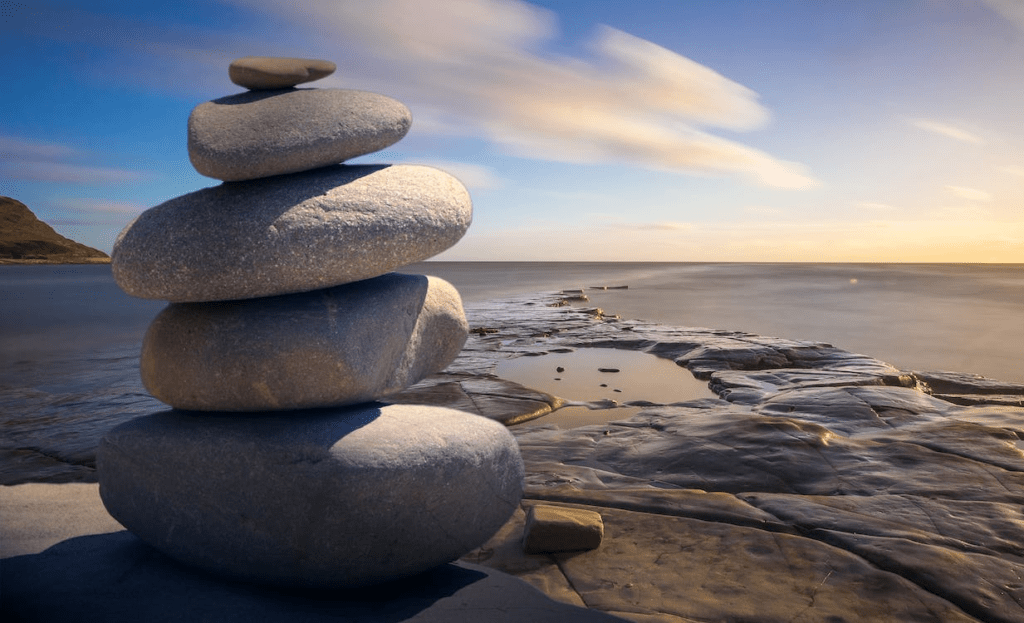Introduction
The quest to understand one’s inner self, to access the mind’s eye, and to tap into the depths of consciousness has intrigued humanity for centuries. It’s a journey of self-discovery, a path that leads to profound insights, personal growth, and a sense of purpose. But can everyone access their inner self at will, or is it a gift reserved for a select few? In this blog, we will explore this intriguing question and delve into the possibilities of unlocking the inner self.
Key Highlights
- The Universality of Inner Self: The inner self, often referred to as the true self or consciousness, is an intrinsic part of every human being. It’s not limited to a chosen few but is a universal aspect of our existence. However, accessing it may require different approaches and levels of effort for each individual.
- The Multifaceted Inner Self: The inner self is not a singular entity but a complex and multifaceted aspect of our being. It encompasses our thoughts, emotions, beliefs, and perceptions. It also holds the potential for creativity, intuition, and profound wisdom.
- The Role of Self-Discovery: Accessing the inner self is closely tied to the journey of self-discovery. It involves exploring our inner landscape, understanding our values, desires, fears, and motivations. Self-discovery is a lifelong process that requires introspection and self-awareness.
- The Power of Meditation: Meditation is a powerful tool for accessing the inner self. It involves practices that quiet the mind, increase self-awareness, and facilitate a deeper connection with consciousness. Regular meditation can help individuals gain more control over their mind’s eye.
- Mindfulness as a Gateway: Mindfulness, a form of meditation, encourages us to be fully present in the moment, observing our thoughts and feelings without judgment. It allows us to tap into our inner self by cultivating awareness and presence.
- Different Paths to Consciousness: There are various paths to accessing consciousness and the inner self, including meditation, yoga, spiritual practices, and even creative pursuits like art and music. Different people may find resonance with different approaches.
Accessing Your Inner Self: A Universal Potential
The idea that only a select few possess the ability to access their inner self is a misconception. In reality, every individual has the potential to explore and connect with their inner self, given the right tools, mindset, and dedication. It’s not a rare gift; rather, it’s a universal aspect of human existence waiting to be tapped into.
Understanding the Inner Self
Before we delve into how to access the inner self, let’s take a moment to understand what it entails. The inner self is a multi-dimensional aspect of our consciousness. It encompasses:
- Thoughts and Beliefs: Our inner self is where our thoughts, beliefs, and mental constructs reside. It’s the realm of our cognitive processes, where we form ideas and make sense of the world.
- Emotions and Feelings: Emotions are a significant part of the inner self. It’s where our feelings, both conscious and subconscious, are experienced and processed. Understanding and managing our emotions is a vital aspect of inner exploration.
- Core Values and Authenticity: The inner self also houses our core values and the essence of our authenticity. It’s the place where we can discover what truly matters to us, our passions, and our purpose.
- Intuition and Creativity: Within the inner self lies the wellspring of intuition and creativity. It’s where innovative ideas are born and where we connect with our intuitive wisdom.
- Transcendental Consciousness: At a deeper level, the inner self connects to a transcendent state of consciousness, beyond the egoic mind. This is where profound insights, spiritual experiences, and a sense of unity with all things can be found.
The Role of Self-Discovery
Accessing the inner self begins with self-discovery. It involves a deep exploration of your own inner landscape. This journey requires:
- Self-Awareness: Understanding your own thoughts, emotions, and behaviors. Self-awareness is the foundation of self-discovery.
- Questioning and Reflecting: Asking meaningful questions about your life, purpose, and values. Reflecting on your experiences and beliefs can reveal insights into your inner self.
- Exploration: Trying new experiences, meeting different people, and stepping out of your comfort zone can help you learn more about yourself.
- Meditation and Mindfulness: These practices are powerful tools for self-discovery. They quiet the mind, increase awareness, and open a pathway to the inner self.
- Therapeutic Guidance: In some cases, professional therapy or counseling can be beneficial for deepening self-discovery, especially if you’re dealing with past traumas or complex emotional issues.
The Power of Meditation
Meditation is a key practice for accessing the inner self. It involves various techniques that help calm the mind, increase self-awareness, and facilitate a deeper connection with consciousness. Here’s how meditation can help:
- Quieting the Mind: Our minds are often filled with chatter and distractions. Meditation helps still the mental noise, allowing you to access a quieter, more profound aspect of your inner self.
- Cultivating Awareness: Through meditation, you learn to observe your thoughts, emotions, and sensations without judgment. This awareness is crucial for understanding your inner self.
- Connecting with Inner Peace: Many meditators report experiencing a profound sense of inner peace and tranquility. This is often a glimpse of the inner self beyond the turbulence of everyday thoughts.
- Enhancing Intuition: Regular meditation can sharpen your intuition and enhance your ability to tap into the deeper wisdom of your inner self.
Mindfulness as a Gateway to the Inner Self
Mindfulness, a form of meditation, is a particularly effective gateway to the inner self. It involves being fully present in the moment, observing your thoughts and feelings without judgment. Here’s how mindfulness can help you access your inner self:
- Present-Moment Awareness: Mindfulness encourages you to focus on the present moment, helping you break free from the constant stream of thoughts about the past or future.
- Non-Judgmental Observation: You learn to observe your thoughts and emotions without labeling them as good or bad. This non-judgmental attitude allows you to explore your inner self with greater openness.
- Emotional Regulation: Mindfulness practices help you better understand and manage your emotions. This, in turn, can lead to a deeper connection with your inner self.
- Deepening Self-Awareness: As you practice mindfulness regularly, you become more in tune with your inner world, including your thoughts, emotions, and bodily sensations.
Different Paths to Consciousness
While meditation and mindfulness are powerful tools for accessing the inner self, they are by no means the only paths. There are various approaches, each suited to different individuals and their unique preferences. Some alternative paths include:
- Yoga: Yoga combines physical postures, breath control, and meditation to promote physical and mental well-being. It can be a holistic way to access the inner self.
- Spiritual Practices: Many spiritual traditions offer practices aimed at connecting with higher consciousness or the inner self. These may include prayer, chanting, or ritualistic ceremonies.
- Creative Expression: Engaging in creative pursuits like art, music, or writing can provide a channel to access your inner self. The act of creation often leads to profound self-discovery.
- Nature and Solitude: Spending time in nature and seeking solitude can be a simple yet effective way to access your inner self. The tranquility of natural settings can facilitate introspection.
- Psychological Exploration: Therapeutic approaches like Jungian analysis, dream interpretation, and self-help techniques can also aid in accessing the inner self.
Challenges on the Journey
Accessing your inner self is a deeply rewarding journey, but it is not without its challenges. Some common obstacles include:
- Resistance: The mind often resists change and self-exploration. It may resist delving into deep emotions or facing uncomfortable truths.
- Impatience: The process of self-discovery takes time. Impatience can hinder progress, as it may lead to frustration when immediate insights or transformation aren’t forthcoming.
- Distractions: The modern world is filled with distractions that can pull you away from inner exploration. Finding time and space for self-discovery can be challenging.
- Fear: Sometimes, confronting aspects of your inner self can be intimidating. Fear of what you might discover can hold you back.
- Ego Resistance: The ego, or the sense of self, can resist letting go of its control. It may resist the idea of transcending itself.
Conclusion: Your Inner Self Awaits
Accessing your inner self is not a privilege reserved for a select few; it is a universal potential waiting to be realized. It’s a journey of self-discovery that involves understanding your thoughts, emotions, values, and the deeper dimensions of your consciousness.
While meditation, mindfulness, and various other practices can help you on this journey, remember that it is a personal and unique experience. Embrace the challenges and setbacks as part of your growth. Your inner self, your mind’s eye, and the profound depths of consciousness are within you, waiting to be explored. The path to self-discovery is a lifelong adventure, and every step you take brings you closer to understanding the beautiful complexity of your inner world.


